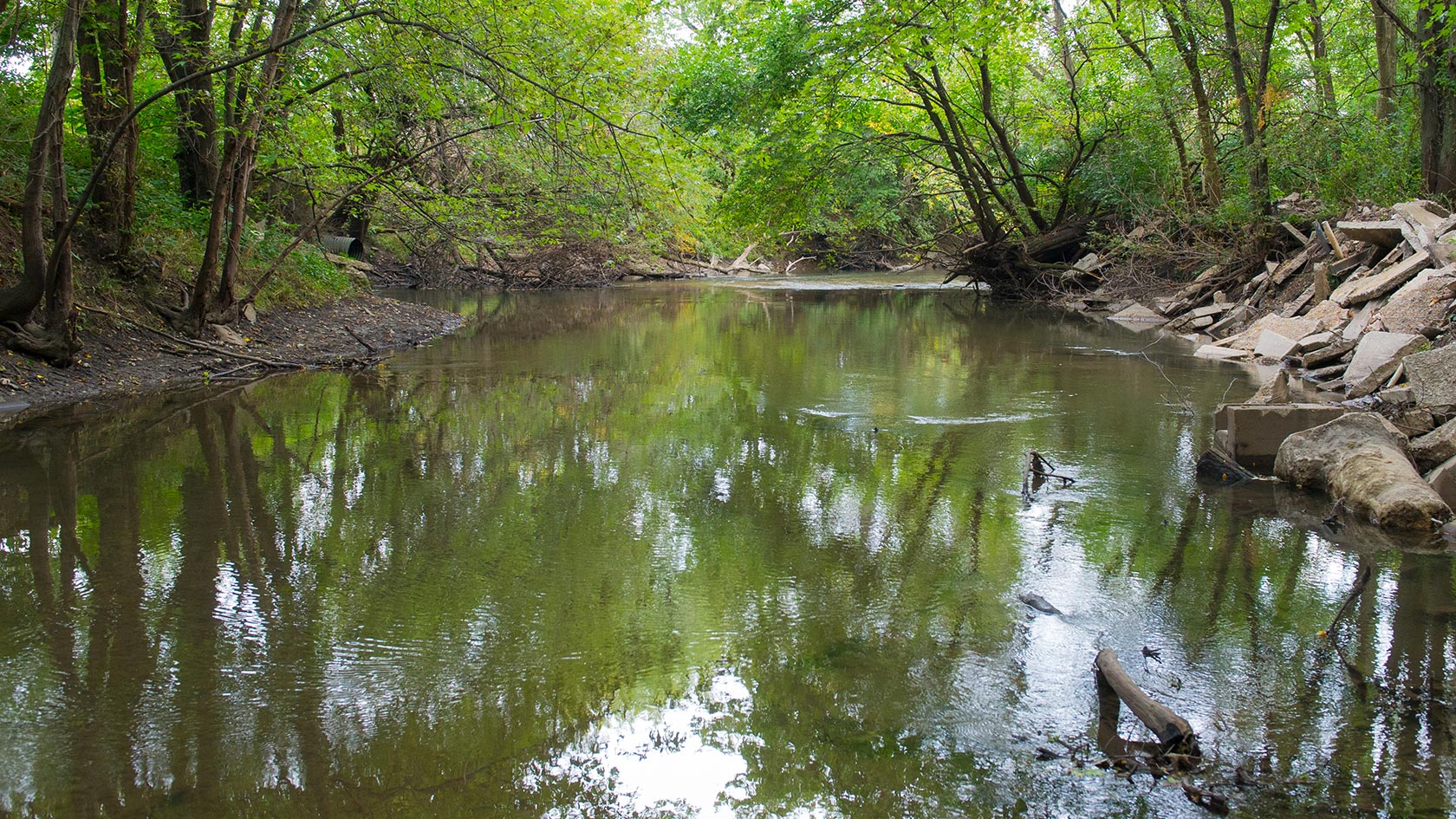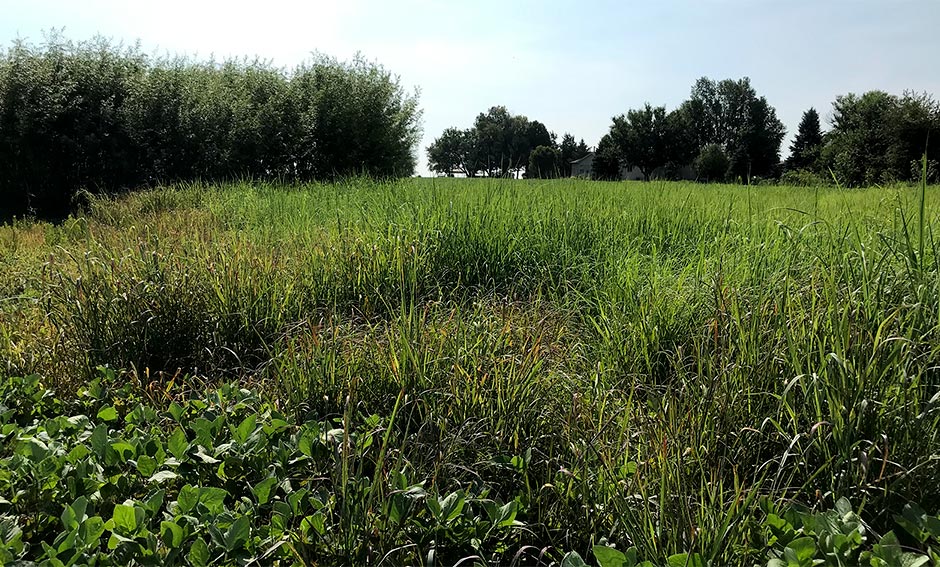Loading...
Water Quality and Quantity
Growing perennial bioenergy crops in strategic locations in agricultural landscapes to combat nutrient and sediment losses and address water availability concerns - choosing the right crop, in the right position, to perform the right task
Site suitability classification for saturated bioenergy buffers and area estimates of candidate sites in the U.S. Midwest
- J.F. Cacho, J. Quinn, C.R.Zumpf, and M.C. Negri. Site suitability classification for saturated bioenergy buffers and area estimates of candidate sites in the U.S. Midwest: Journal of Natural Resources and Agricultural Ecosystems 2(4):179-190. https://doi.org/10.13031/jnrae.15917
- Contributes to the advancement of edge-of-field conservation techniques for tile-drained agricultural landscapes through rapid identification of suitable saturated bioenergy buffer (SBB) locations.
- Offers a cost-effective way of implementing the proposed techniques using publicly available federal datasets.
- Provides SBB area estimates in the U.S. Midwest, aiding analyses of the potential economic and environmental benefits of SBBs at state or regional levels.
- The approach is integrated into SUPERBEEST to identify candidate SBB locations in the Midwest.
Evapotranspiration of Advanced Perennial Bioenergy Grasses Produced on Marginal Land in the U.S. Midwest
- Zumpf, C.R., J.F. Cacho, N.F. Grasse, J. Quinn, C. Walsh, D. Lee, D.K. Lee, and M.C. Negri. Evapotranspiration of Advanced Perennial Bioenergy Grasses Produced on Marginal Land in the U.S. Midwest: Biomass and Bioenergy (178) 106975. https://doi.org/10.1016/j.biombioe.2023.106975
- Monitors evapotranspiration (ET) of advanced, high-yielding perennial bioenergy grass cultivars relative to their predecessor cultivars and rain-fed continuous corn production to understand their impact on water resources.
- Uses a remote-sensing based model called Mapping Evapotranspiration with Internalized Calibration (METRIC) to monitor seasonal ET.
- Location of production fields and annual variations in weather conditions influence the differences in ET observed between perennial grass cultivars and corn.
Site Suitability Classification and Estimated Areas of Candidate Sites in the U.S. Midwest under Three Scenarios
- Cacho, J.F, J.J. Quinn, C.R. Zumpf, and M.C. Negri, 2021, Saturated Bioenergy Buffers: Site Suitability Classification and Estimated Areas of Candidate Sites in the U.S. Midwest under Three Scenarios: Argonne Technical Report ANL/EVS-21/2. https://publications.anl.gov/anlpubs/2021/05/166535.pdf
- Addresses a key environmental liability of tile-drained agricultural fields.
- Relies on a set of databases to identify locations that are favorable for saturated bioenergy buffers.
- Application would improve water quality and provide an additional crop for farmers.
Bioenergy Solutions to Gulf Hypoxia: Workshop Summary Report
- Negri, C., S. Nair, L. Ovard, and H. Jager, 2018, Bioenergy Solutions to Gulf Hypoxia: Workshop Summary Report: Argonne National Laboratory ANL-18/09, INL/EXT-18-45338, ORNL/SPR-2017/383, June, 50 pp.
- Summary of the subject workshop, held August 30-31 in Washington, D.C.
- Stakeholders from industry, academia, national laboratories, and U.S. federal agencies.
- Topics included how biomass feedstock could decrease nutrient loading to the Gulf of Mexico, the current state of environmental markets, the science of nutrient management, valorization of ecosystem services, and the environmental and social benefits from growing energy biomass.
Yield and Water Quality Impacts of Field-Scale Integration of Willow into a Continuous Corn Rotation System
- Zumpf C., H. Ssegane, M.C. Negri, P. Campbell, and J. Cacho, 2017, Yield and Water Quality Impacts of Field-Scale Integration of Willow into a Continuous Corn Rotation System. Journal of Environmental Quality, 46:811-818. https://doi.org/10.2134/jeq2017.02.0082.
- Field-based evaluation of the initial years of the short-rotation shrub willow plantations at the Fairbury, IL site.
- The setting represents a strategic integration of the willow as buffers within an agricultural landscape to assess their effect on nutrient recovery and biomass production.
- Nitrate loss was reduced by 88% in willow areas relative to corn areas.








